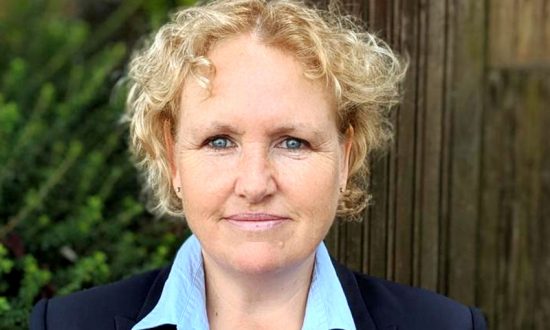After running the British Dyslexia Association’s training department, Helen became CEO in March 2018, with a focus on empowering dyslexics through lobbying, raising awareness, training and direct support. With a background in education and training since 1990 and a qualified specialist dyslexia teacher, Helen began work for the British Dyslexia Association in 2002 and has been with the organization for 15 of the last 17 years.
Dyslexia is the highest incidence specific learning difficulty with 10–15% of individuals being dyslexic. This equates to at least 4-5 in every classroom of 30 children.
We know that identifying dyslexia as soon as possible will likely have the most positive impact on the individual. Why is this?
- Young children are less likely to perceive additional support negatively and are therefore more likely to welcome the additional attention
- Language development takes place at an early age and therefore the brain is generally more receptive to early intervention and support
- The distance between the child and their peers is less in terms of attainment. Therefore, the gap that needs to be addressed is likely to be less
- Young children are much less likely to have developed adaptive or avoidance behaviours associated with learning which means they are more receptive to intervention and additional support
- Self-esteem is less damaged, so motivation is higher
Sadly, all too often children are not identified early enough and instead are allowed to fall significantly behind their peers. This, in turn, means that the ground that they then have to make up is far greater. Additionally, this makes it more difficult for the support provider. As fast as improvements might be made by the dyslexic learner, their progress is often outstripped by their peers leaving a widening chasm that becomes ever more obvious to the learner, which is demotivating and eats away at their self-esteem.
Although dyslexia is normally only diagnosed from six to seven years old, signs of dyslexia can be seen from an early age.
When looking for signs of dyslexia in young children, care should be taken not miss- or over-interpret signs of dyslexia. All children develop at different rates so what should be taken into account is the number of issues that are identified, the severity of these issues and the frequency with which they occur.
Although there are often clear signs of dyslexia, it should be remembered that all young children may exhibit these signs. It is the frequency and severity of these difficulties that will make a dyslexic child stand out from their peers. Some of these signs are:
- Inattentive and easily distracted. Can get bored with stories and can’t follow the sequence leading to getting muddled when following a story.
- Can’t follow multiple instructions and easily distracted, a frequent forgetter, have forgotten what they did or should be doing.
- Limited vocabulary, unclear or badly formed speech, transposing sounds such as par cark for car park, and problems connecting and expressing ideas leading to frustration. But, alternatively, may be very able verbally at expressing thoughts and ideas.
- May appear clumsy and lack good balance and coordination both with fine (difficulty with pencil grip, colouring, cutlery, etc) and gross (problems with catching a ball, learning to ride a bike, etc) motor movements.
- Dressing and undressing, including difficulties with buttons, zips and the like, and the sequence of getting dressed.
- May lack confidence and require frequent reassurance or be too independent and resist direction. Reluctant to try new activities and resistant to change. Reluctant to speak or engage in more complex conversations, forget what they need, why they need it or where they left it.
- Forgets rules and acts out or is overly sensitive, plays the fool. Difficulty in engaging with a group appropriately (often likes to be in charge). Doesn’t respond well to change.
- Impatient with turn-taking, butts into other’s turns or activities. Doesn’t like structure and wants to do their own thing or change the rules.
- Auditory discrimination (difficulty segmenting sounds in words), auditory sequencing (difficulty getting sounds in words in the correct order), sound-symbol linkage (difficulty making accurate and consistent connections with sounds and the corresponding letters). Struggles to recognise rhyme and produce rhyme.
- Struggles to perform activities in the expected sequence, struggles to recognise consistent patterns.
- Enjoys construction toys and hands-on activities.
- Creative enjoying music, painting, etc but might not follow the expected direction with these.
There are effective checklists and some screening tools that will identify indicators earlier. Although screening and checklists won’t provide a definitive diagnosis, they are useful to focus a practitioner’s attention as to whether a pattern of behaviour that has been observed could be consistent with dyslexia. You can find more on checklists and screeners on the British Dyslexia Association website.
For those wanting to learn more, the British Dyslexia Association has a training course available specifically for those working with young learners as well as for those working with other age ranges. Additionally, there is a free eLearning module available, developed from the British Dyslexia Association’s Sound Check Project, that contains lots of practical ideas of activities to support early literacy development.
The most important thing to remember is that dyslexia is a combination of strengths and weaknesses, one of the main strengths is it often brings great creativity of thought and this should be nurtured and developed.




